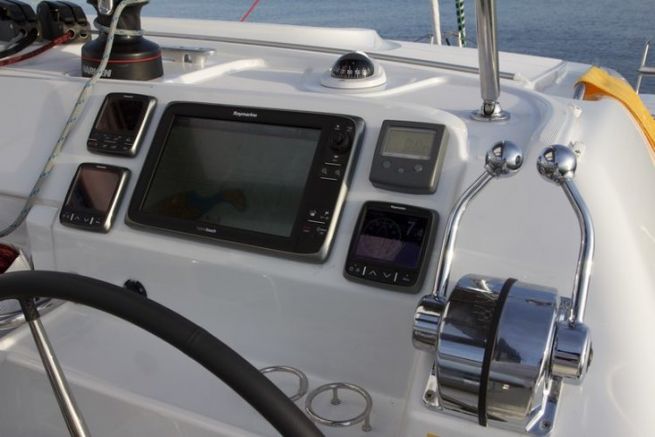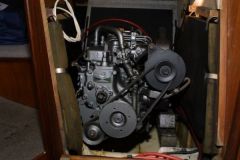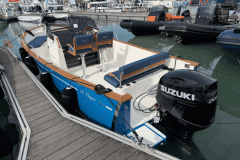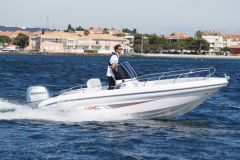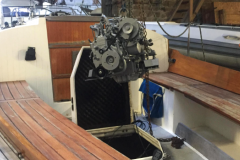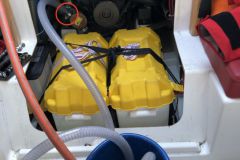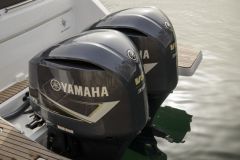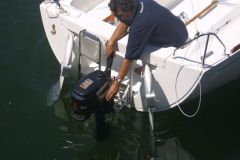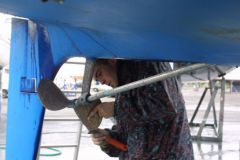On a sailboat, the engine is considered an auxiliary propulsion, a secondary system. To move forward, the sailboat uses primarily the power of the wind, for which it adapts its sails. Logically - even if this is less and less the case for cruising sailboats - a sailboat must move forward faster under sail than under motor. It is therefore in its interest to use this mode of propulsion.
An engine for port maneuvers
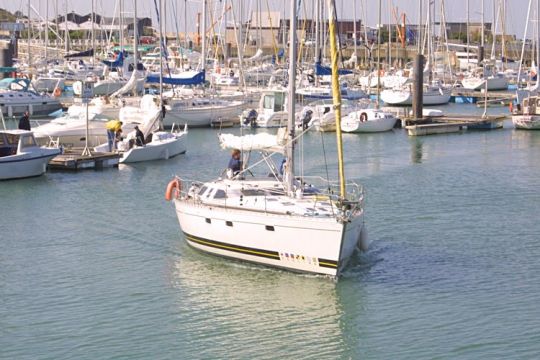
The engine should only be used for maneuvering, mainly to enter or leave the harbor, to take or leave an anchorage. Especially since, with the increasing number of boats, ports now prohibit sailing maneuvers within their boundaries. Just for the harbor maneuver, there is no need for a big powerful engine capable of propelling the sailboat at more than 10 knots..
Only a strong power reassures the users, especially the less experienced ones. They say to themselves "With a big engine, even if the wind blows hard, I can always return to port". This is not the point here, but it does influence the buyers of sailboats to equip them with a strong engine. The fact remains that powerful or not, the engine is present on a sailboat.
An engine that can also help servitudes
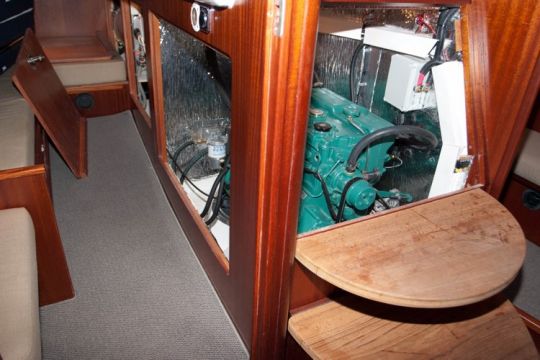
In addition to propulsion, a sailboat also uses electricity to operate the accessories on board. Whether it is navigation equipment (electronics, cartography, autopilot...) or comfort accessories (lighting, refrigerator...). For this, electrical energy is stored in batteries. These are charged in port by plugging a charger on the 220 volts of the pontoon, but at sea? Here, the alternators of the engines are often requested. The famous auxiliary engine becomes very important once offshore.
An indispensable engine

Whether it is an outboard motor installed on the transom of a small sailboat, or an inboard motor in the hold of a larger cruising model, whether there is only one or even two as on a catamaran (one in each hull), it is difficult today to do without propulsion. Cruising sailboats have been sailing with a motor since the beginning of the sport (or almost).
And if changes are to come, it is not on the suppression of these engines that we should expect them, but rather on the type of energy used for this propulsion. If fuels (gasoline or diesel) are the most common today, no doubt that tomorrow the engine will be powered by electricity with an upstream production source. The future is likely to be exciting!

 /
/ 